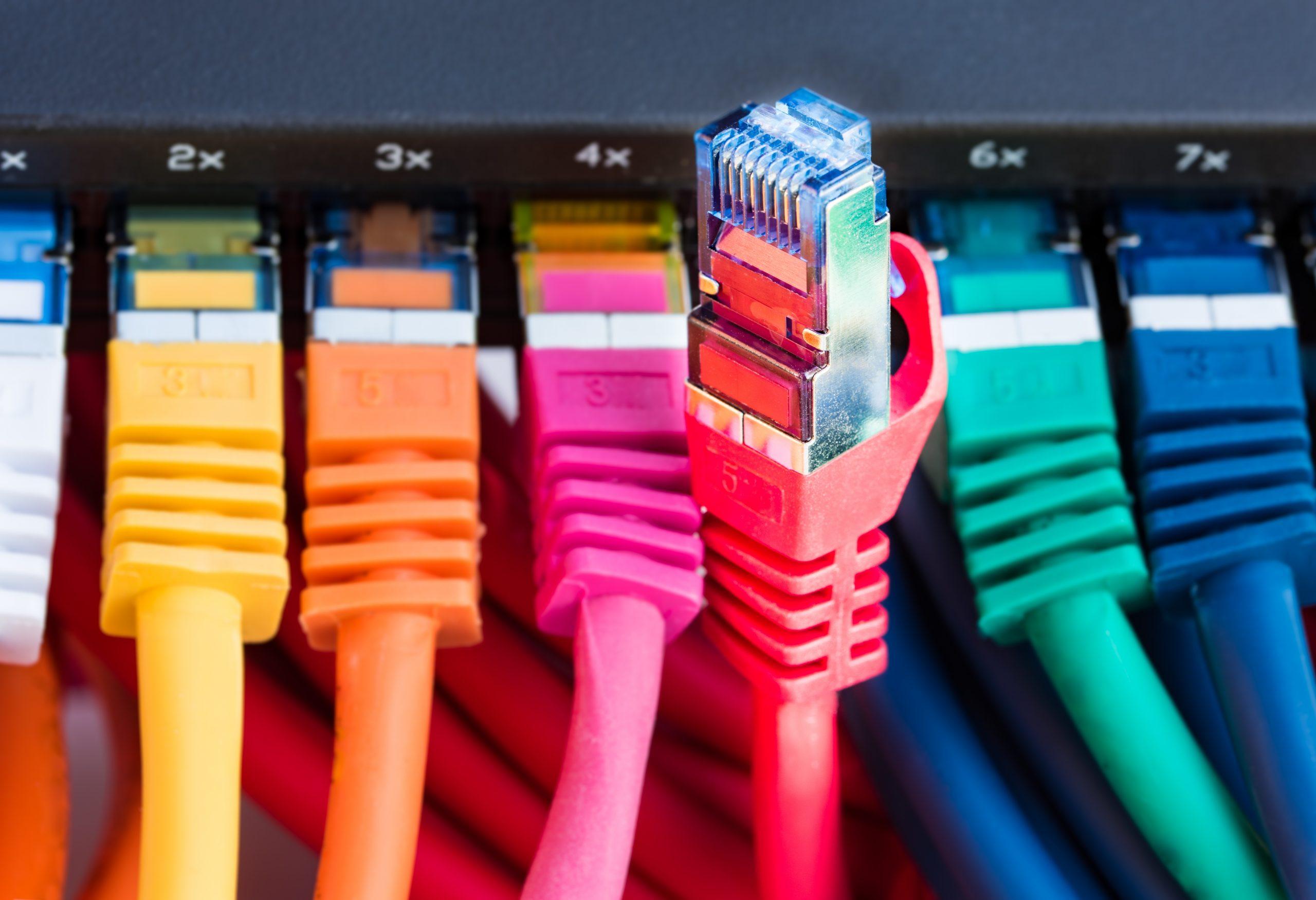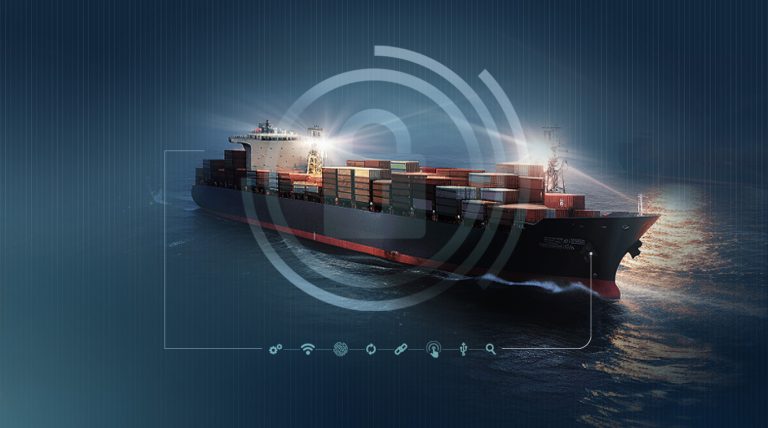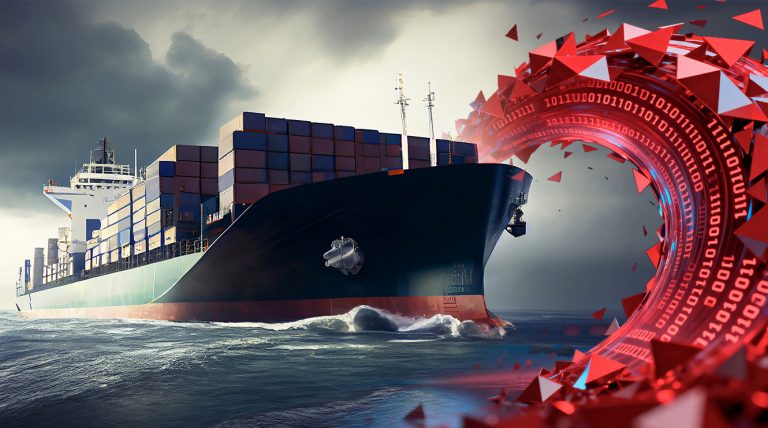When you’re setting up a vessel’s network (Business and/or Crew), choosing the correct switches in networking can make all the difference in your network speed and configuration.
An Ethernet switch at its most basic function creates a local area network (LAN) of interconnected devices — but introducing other types of switches can give you more control over your data, devices, routers and access points.
Managed Switch
A managed switch is a switch that requires some oversight by a network administrator. This type of switch gives the IT administrator total control over the traffic accessing the vessel’s network while allowing custom configuration of each Ethernet port in order to achieve maximum efficiency over data transfers on the network.
Managed switches are also typically the best network switches to support the Gigabit standard of Ethernet rather than traditional Fast Ethernet.
Many administrators use managed switches to create virtual local area networks (VLANs), which allow them to further segment their vessels’ network and control the traffic burden for each type of connected device. Another benefit of a managed switch setup is that the majority of managed switches are designed with Spanning Tree Protocol (STP). This enables administrators to perform quality of service (QoS) duties and access the switch remotely to make adjustments without having to be in the same physical location as the switch.
Managed switches are often higher in cost than their unmanaged counterparts, but the payoff is that IT administrators have the freedom to create a vessel network that runs at peak efficiency customized to the specifications of the unique devices on it.
Unmanaged Switch
Unmanaged switches are generally made as plug-and-play devices and require little to no special installation beyond an Ethernet cable. The setup of this type of switch relies on auto-negotiation between Ethernet devices to enable communication between them.
While some unmanaged switches may be accessed remotely, most will require the admin to physically make broad changes when setting up the switch. If you want a switch that will perform the basic functions of network efficiency without the need for customization, unmanaged may be the best type of network switch for you.
PoE Switch/Injector
PoE stands for Power over Ethernet. A PoE switch distributes power over the network to different devices. This means any device on the vessel’s network, from Access Points to VoIP phones to IP cameras can function without the need to be near an AC access point or router, because the PoE switch sends both data and power to the connected devices.
PoE technology offers several benefits.
First, the delivery of data and power over a standard Ethernet cable eliminates the need for AC/DC power supplies and outlets to give power to PD equipment.
Second, with PoE technology in general, there are fewer points of failure. Connect your PoE switch or PoE injector to an uninterruptible power supply (UPS) and your PoE powered devices are guaranteed a constant power delivery, which is important for mission-critical PoE edge devices.
Third, PoE installations, which utilize managed PoE switches, offer the ability to remotely restart connected PoE devices. That can be done either manually, automatically or based on a schedule. Modern PoE switches are equipped with watchdog functionality (i.e. Powered Device Manager [PDM]) that cuts power to offline devices and then resupplies it so they reboot. This function helps to greatly reduce the downtime of your connected devices.
However, not all devices are compatible with every PoE switch or injector. Be sure to check if your PoE switch is compliant with the 802.3af/at standard and if the device you want to connect can support that.
Managed Switch
When determining which type of network switch will be best for your vessel, keep the following considerations in mind:
- Budget. Managed switches can be more expensive than smart or unmanaged switches.
- Customization. Do you need to perform extensive customizations and manage or prioritize network traffic? If so, a managed switch may be necessary. If you don’t require any customizations at all, choose the plug-and-play functionality of an unmanaged switch.
- Speed. No matter which type of switch you decide on, be sure that the speed configurations match your needs. Gigabit Ethernet switches can significantly improve your vessel’s network performance.
- Power. If you want to power your devices with your switch, be sure to select a PoE device. As mentioned above, these devices provide network functionality and power.
At Marpoint, we will guide you to choose the correct network switches to support our Evo2 Network Management solution and UNI Virtualization solution, aiming to achieve maximum operational efficiency and cyber security for your fleet and organization.





